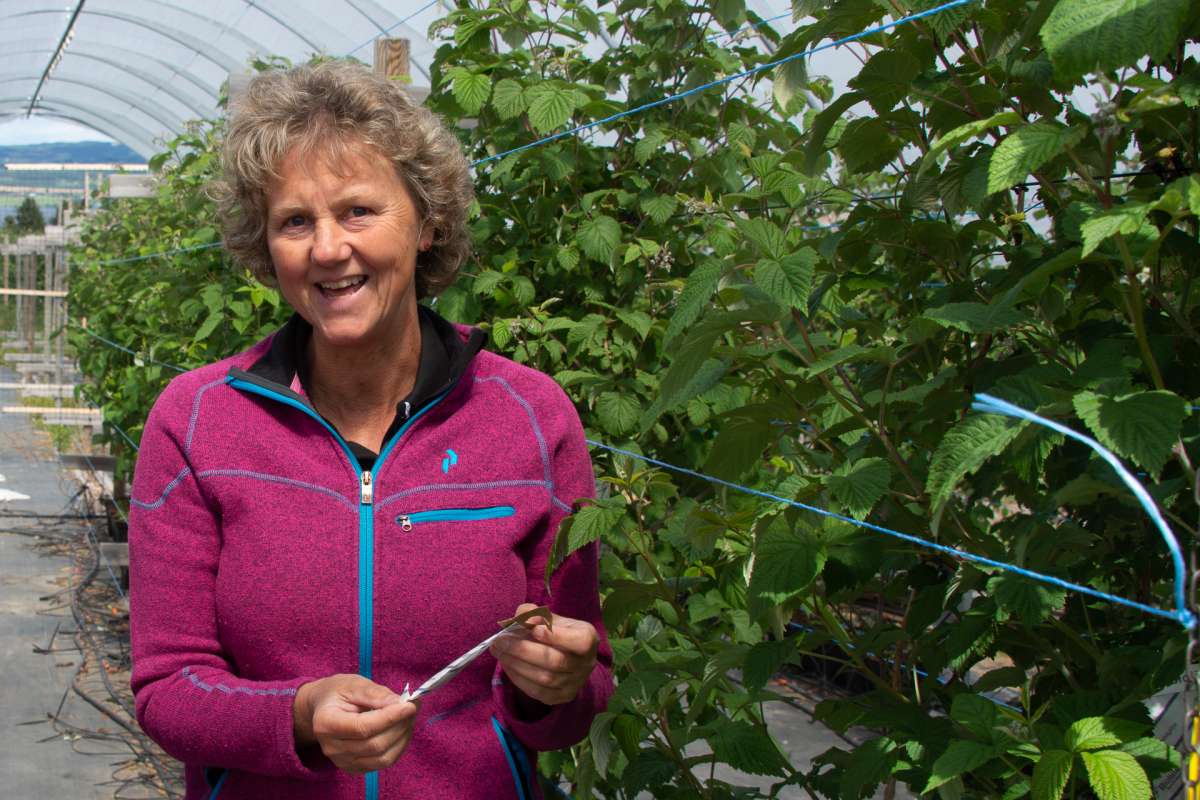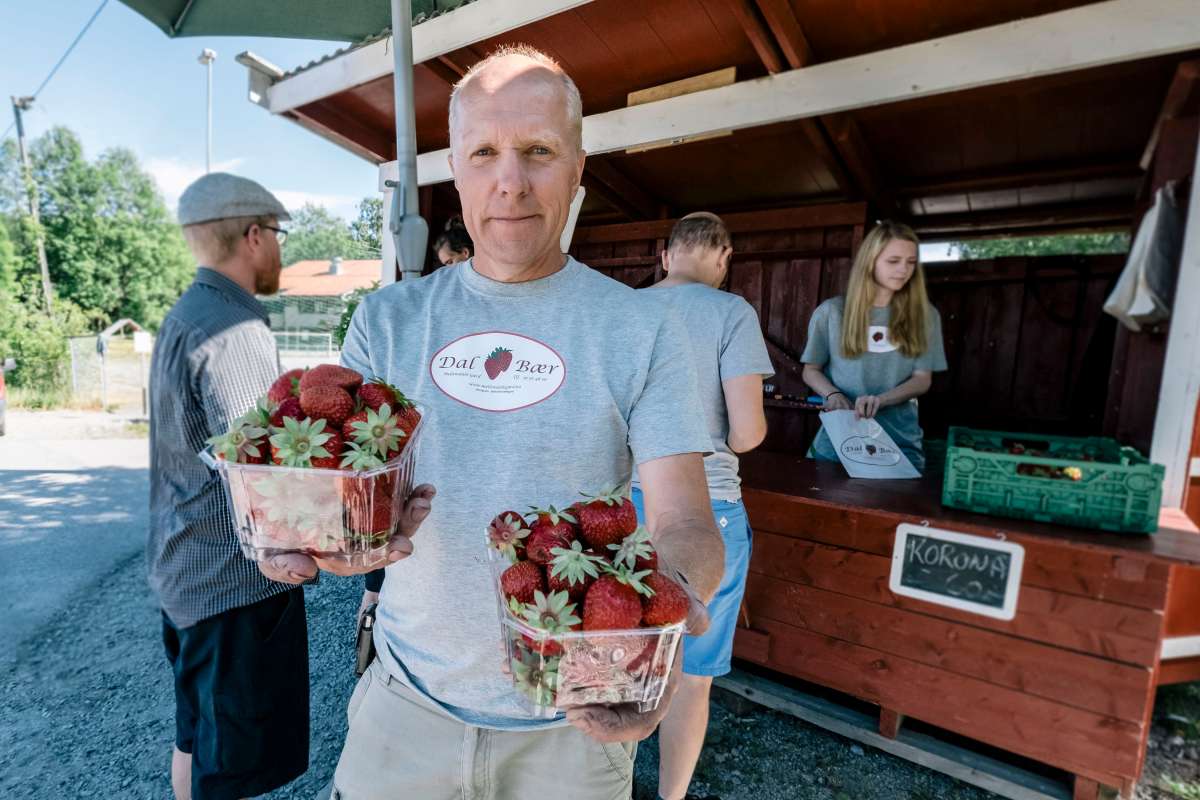Sprinkling away the spider mites
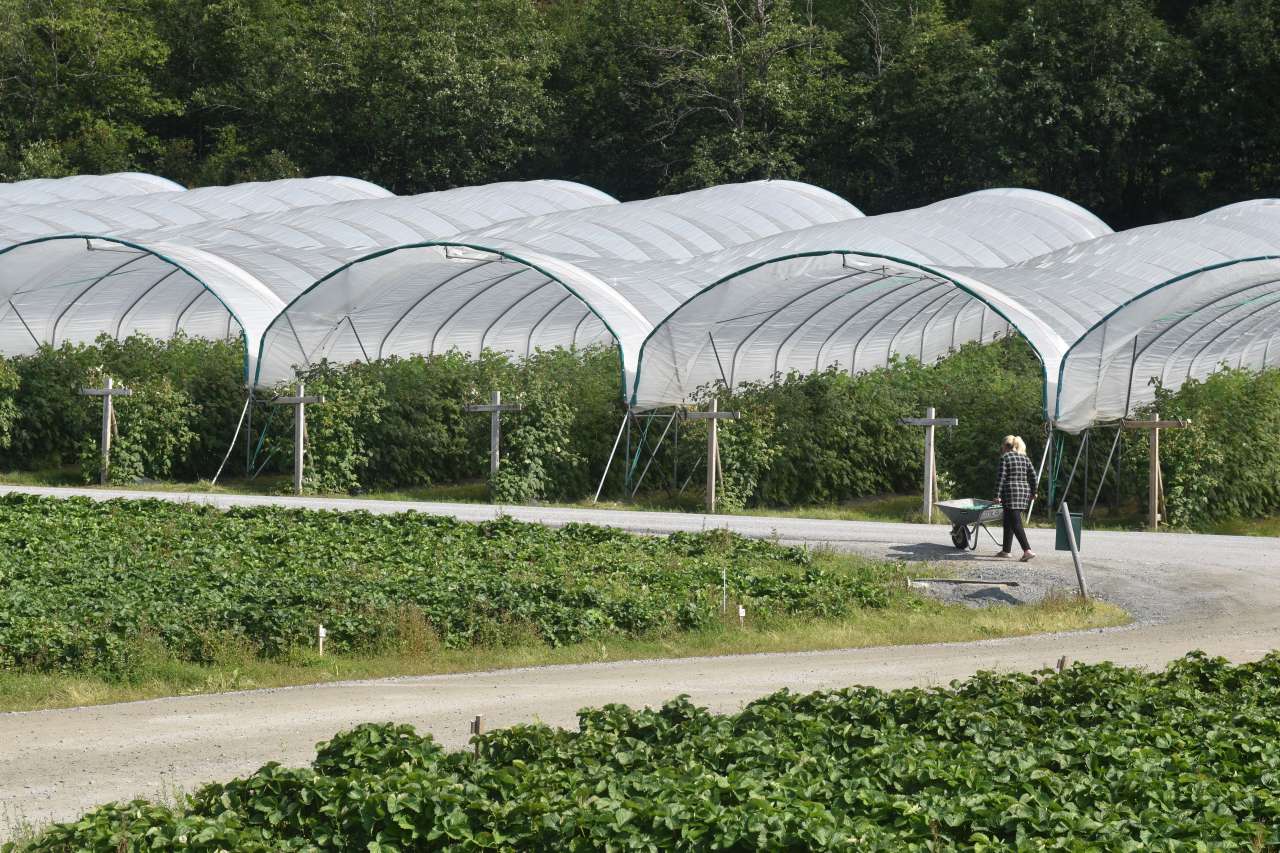
In the RobustRubus project, researchers aim to extend the production season for raspberries and blackberries in Norway. Photo: Siri Elise Dybdal
Raspberry production faces many challenges. Pests is one of them. To reduce the use of chemical pesticides, it is essential to find environmentally friendly control methods. Now, researchers at NIBIO are studying how sprinkling with water can reduce the pressure from spider mites.
The two-spotted spider mite (Tetranychus urticae) is a small arachnid that can attack a wide range of plants. It is especially problematic in strawberries, but also poses significant challenges in raspberry production. Both nymphs and adults feed on the leaves, which can lead to wilting, stunted growth, and early leaf drop.
“If you want to get rid of spider mites on raspberries, you either have to use biological control organisms like predatory mites or chemical pesticides,” researcher Nina Trandem explains.
“Fewer and fewer chemical agents are available to the growers, and neither they nor the biological control organisms always yield satisfactory results. This is why we need other good alternative methods,” she adds.
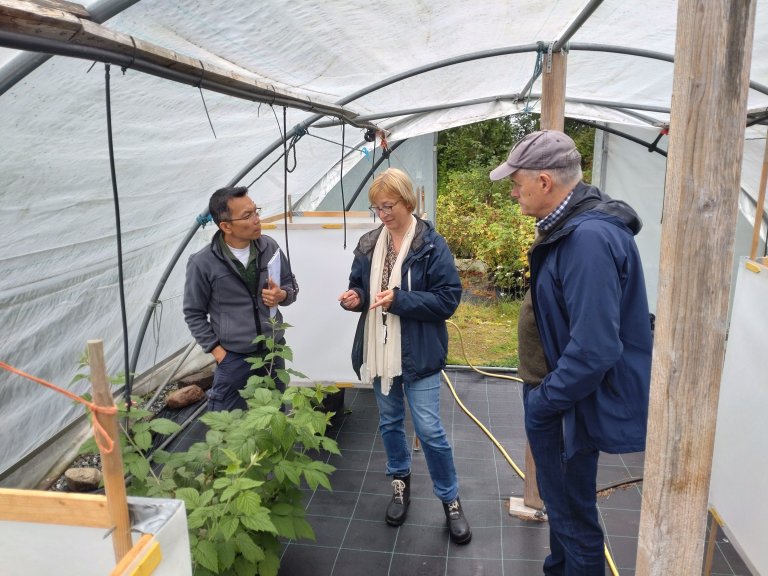
Gone with the wind
Together with colleagues at NIBIO, Trandem initiated a study to investigate whether irrigation can reduce spider mites in tunnel-grown raspberries. Inside the tunnel, several small chambers were set up, each containing three raspberry plants. A sprinkler nozzle above each chamber sprays the plants with water at set intervals. Outside the chambers, similar clusters of three raspberry plants serve as control plants, which do not get sprayed.
“The chamber setup looks rather simple, but it took some effort to make them,” says Vinh Hong Le, a chief engineer at NIBIO, who was responsible for designing and constructing the chambers.
“They must meet several requirements. They must prevent the control plants from getting sprayed, but at the same time, they need to be easy to access so that all plants can be monitored.”
Overall, the chambers must be lightweight and easy to handle, but not too light…
“The experiment is conducted in a tunnel that’s open at both ends, and we quickly learned that the wind could easily catch the chambers,” Vinh Hong Le laughs. “The first prototype I made was blown away by the wind and ended up 200 meters away! Now they are firmly anchored to the ground,” he assures.
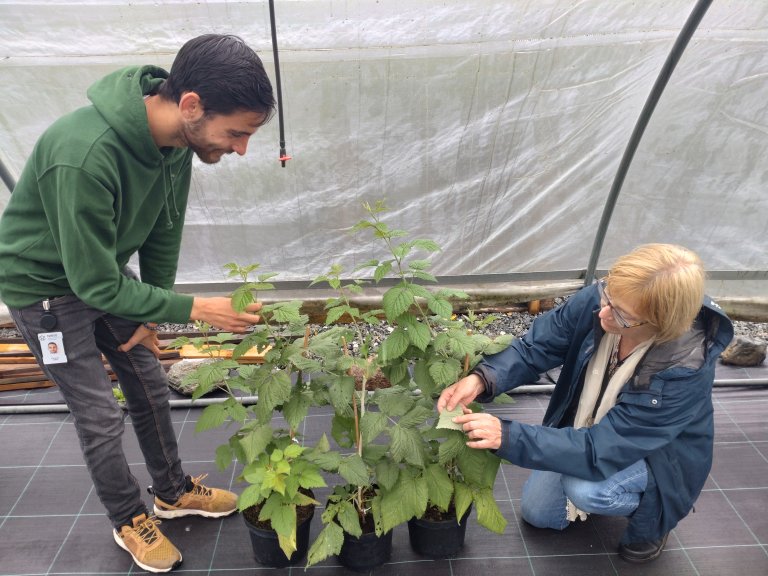
Ideal conditions for biological control
Eventually, the chambers, healthy plants, and spider mites—used to infest the plants—were all in place. Trandem also got an internship student from France, Clément Follut, who was eager to learn more about agricultural pests. Follut has been responsible for recording spider mite infestations on the plants throughout the summer.
“I have recorded symptoms of spider mite damage and counted colonies on the various plants. The mites mainly live on the underside of the leaves, where you can find eggs, larvae, and adults. The adults eventually spin a characteristic web, but they are very small and difficult to see with the naked eye,” he explains.
The experiment is now ended, and the results are promising.
“We observed a 40–50 % reduction in spider mites on plants that were regularly sprinkled with small amounts of water compared to those that were not sprayed,” Trandem says.
We’ve seen the same in strawberry trials “The effect was on par with spraying once with a miticide, if we count the mites a couple of weeks after spraying. Spider mites simply don’t thrive in a moist environment. Predatory mites, on the other hand, which are natural enemies of spider mites, prefer a slightly humid environment. In other words, this treatment can also create favourable conditions for biological control.”
Trandem emphasizes that the treatment does not completely eliminate the mites but keeps their numbers low enough to prevent significant damage to the plants. Additionally, she informs that the spraying is done during periods of warm weather. “It is important that the water evaporates rapidly, otherwise the treatment could create suitable conditions for fungal diseases, such as grey mould.”
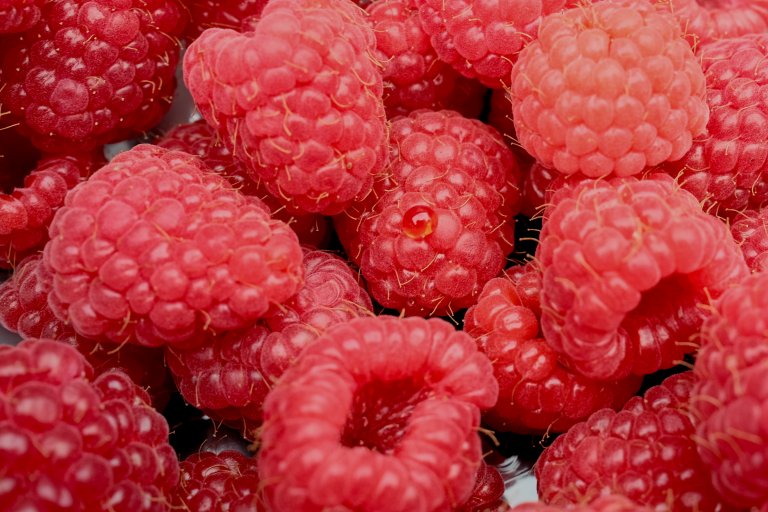
Investigating water in different forms
This is not the only way water can be used to reduce plant pests. In the RobustRubus project, researchers are also investigating the effect of water in steam form, in a so-called Plant Sauna. The Plant Sauna is developed and owned by the Norwegian-Dutch company Moleda AS.
Professor Arne Stensvand, who studies fungal diseases in fruits and berries, has investigated how the Plant Sauna can reduce fungal and pest infections. In the Plant Sauna, plants are exposed to steam at up to 44°C for one to four hours.
“We have had very good results with the Plant Sauna against several diseases and pests in strawberries. In raspberries, we have seen great results against black root rot, and we will now also test it against red root rot,” Stensvand explains.
“When it comes to spider mites, however, we will have to stick to cold water sprays. Mites love heat and have no problem surviving in the Plant Sauna!”
Contacts


Robustrubus
The project "An Optimized and Climate-Adapted Production of Raspberries and Blackberries in an Extended Season" aims to extend the season for raspberry and blackberry production in Norway. The project focuses on cultivation techniques, economics, climate control, and physical plant protection measures. One of the project’s goals is to reduce the use of pesticides by at least 50% compared to current usage. The project is led by senior researcher Anita Sønsteby at NIBIO.
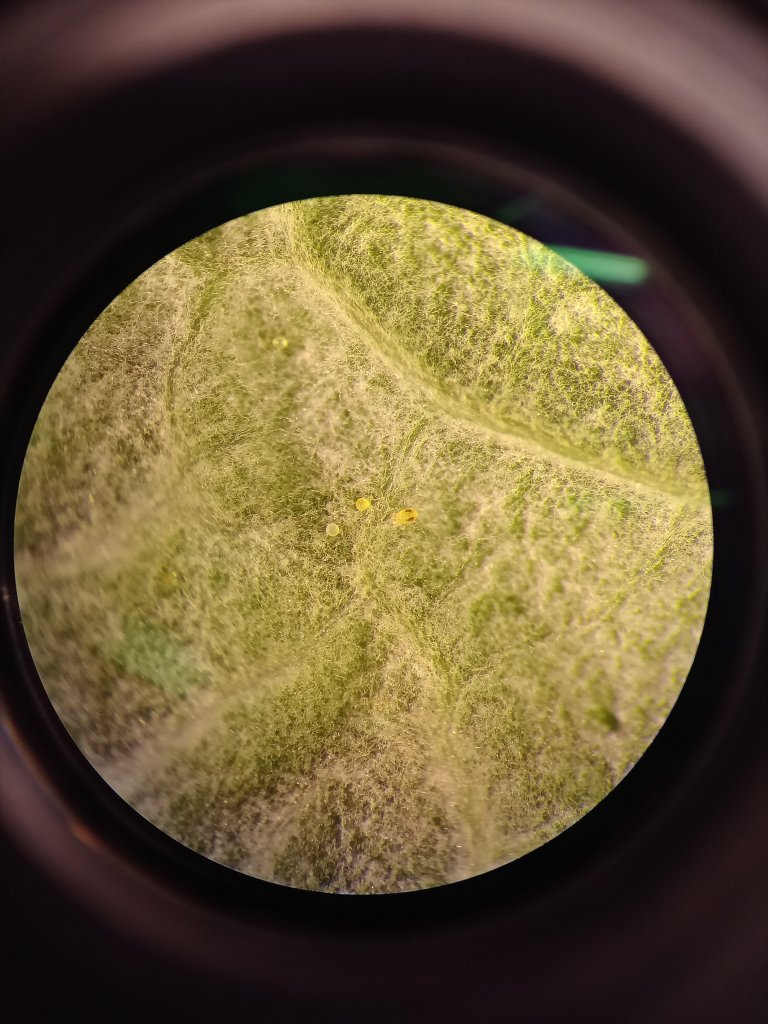
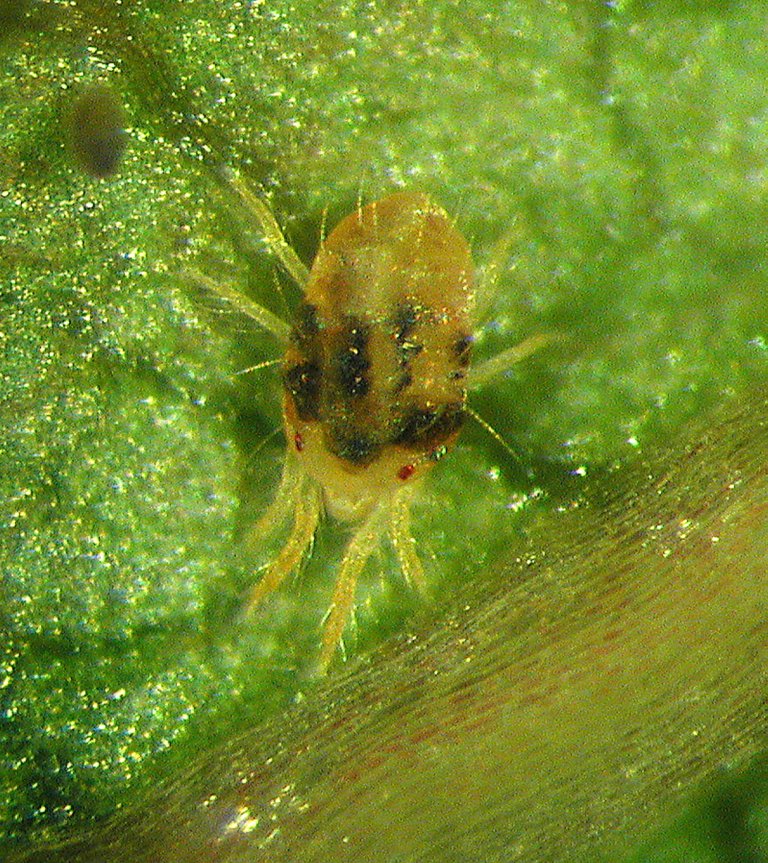
Contacts


.jpg?quality=60)

